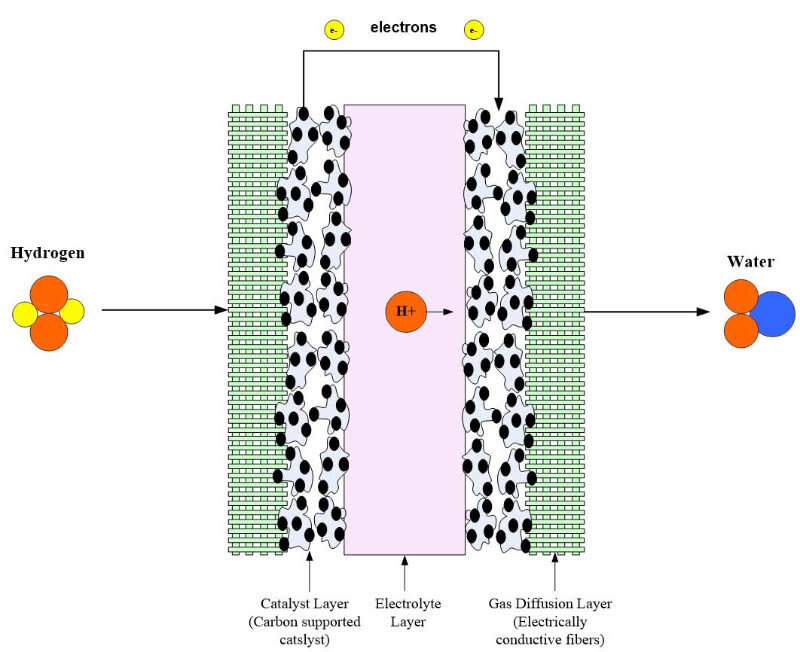Railways Plans Hydrogen-Powered Engine by 2021 | 08 Jan 2020
Why in News
During the 107th Indian Science Congress, the Indian Railways has announced that it will build a hydrogen-powered rail engine by the end of 2021.
- The Indian Railways Organisation for Alternate Fuels (IROAF) will be developing a hydrogen-powered rail engine — a technology that has been demonstrated successfully only in Germany so far.
Key Points
- The proposed train will have four passenger coaches operating at 75 km/hr speed.
- One coach will carry the hydrogen gas cylinders, fuel cells, supercapacitors and DC converters.
- Hydrogen will be the input to the fuel cell and the power output of the fuel cell will drive the train.
- The next phase is to generate hydrogen on board the train from water. This means that water will be converted into hydrogen through water splitting technologies and hydrogen will then be used as the input for fuel cells.
- Hydrogen-powered rail engine will help to reduce reliance on fossil fuel-based energy sources like diesel and electricity and to find alternative sources of fuel to power its trains.
- Fuel cells are electrochemical devices that convert chemical energy from the reactants directly into electricity and heat.
- The device consists of an electrolyte layer in contact with a porous anode and cathode on either side.
- In a standard fuel cell, gaseous fuels are fed continuously to the anode (negative electrode), while an oxidant (oxygen from the air) is fed continuously to the cathode (positive electrode). Electrochemical reactions take place at the electrodes to produce an electric current.

